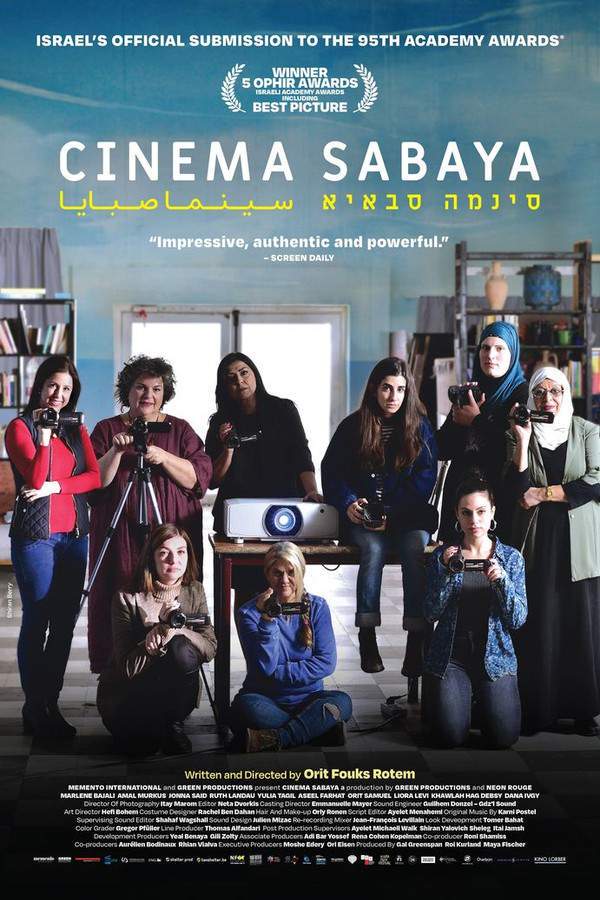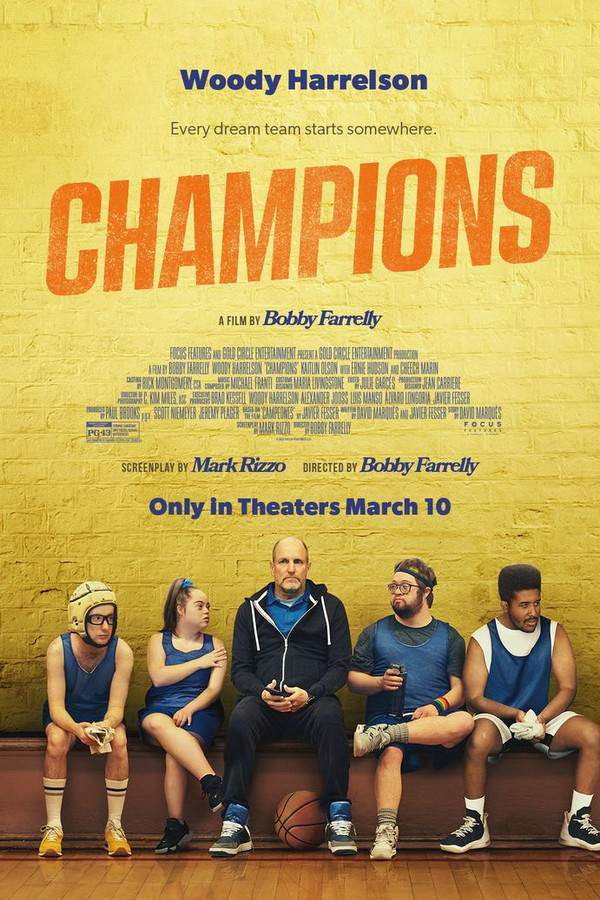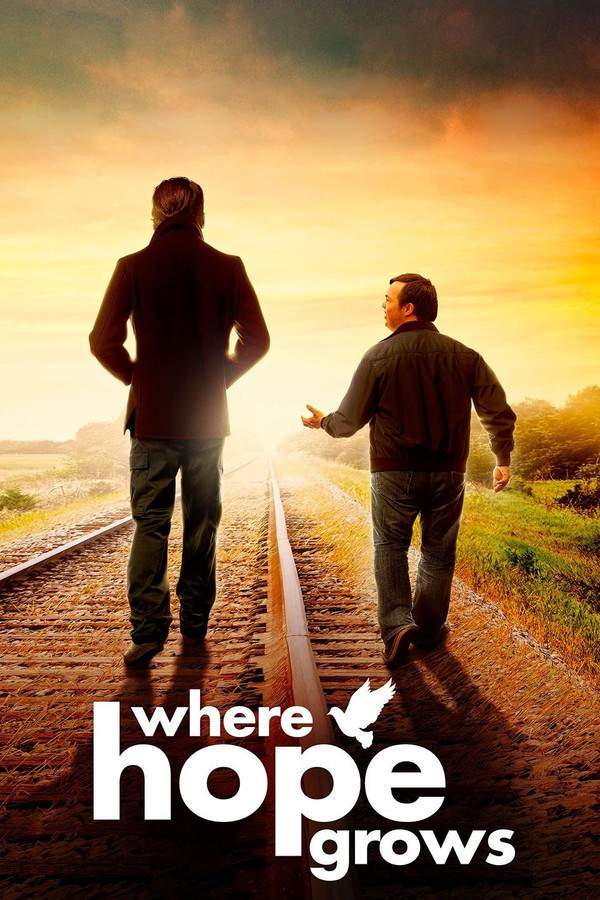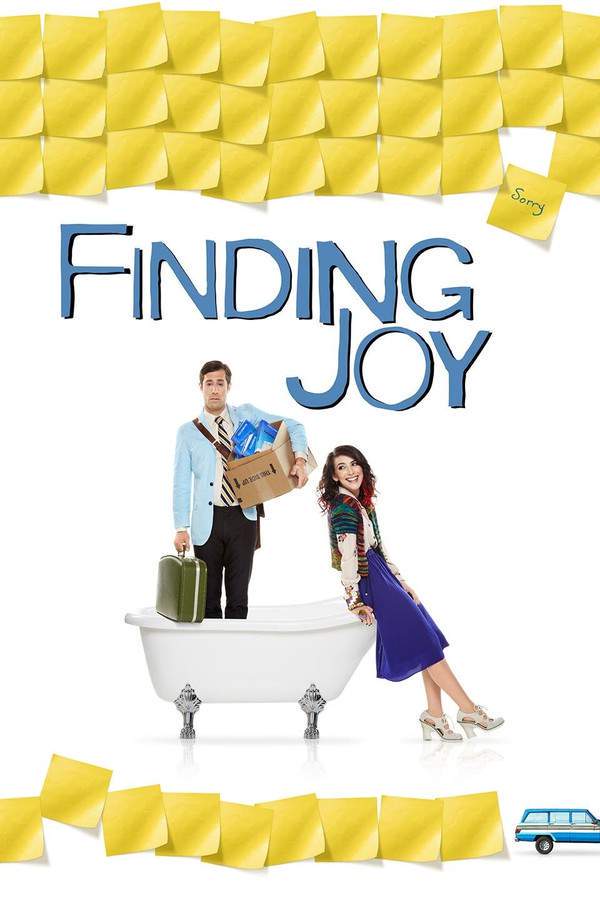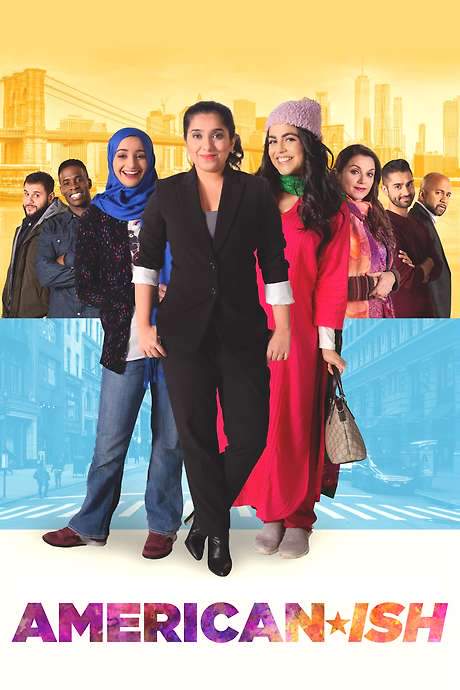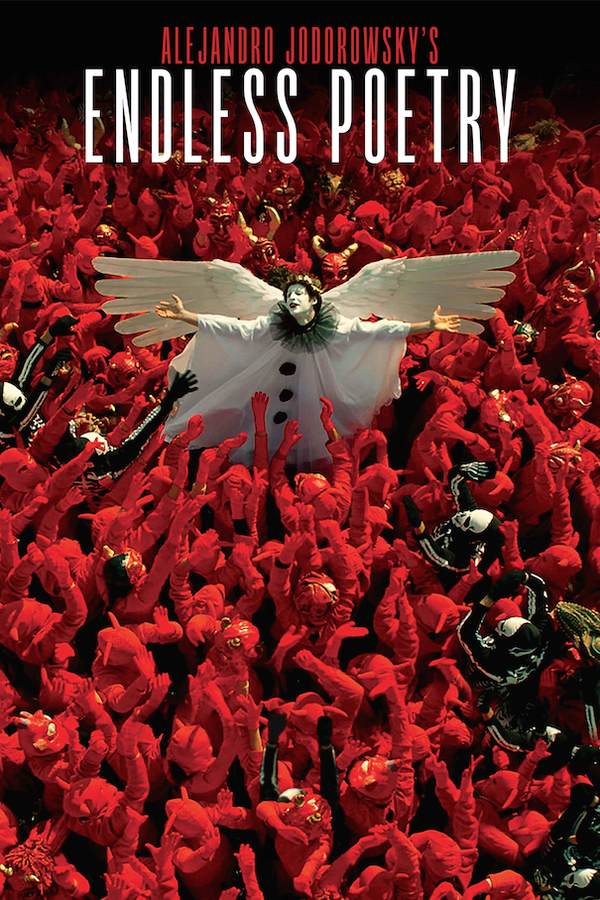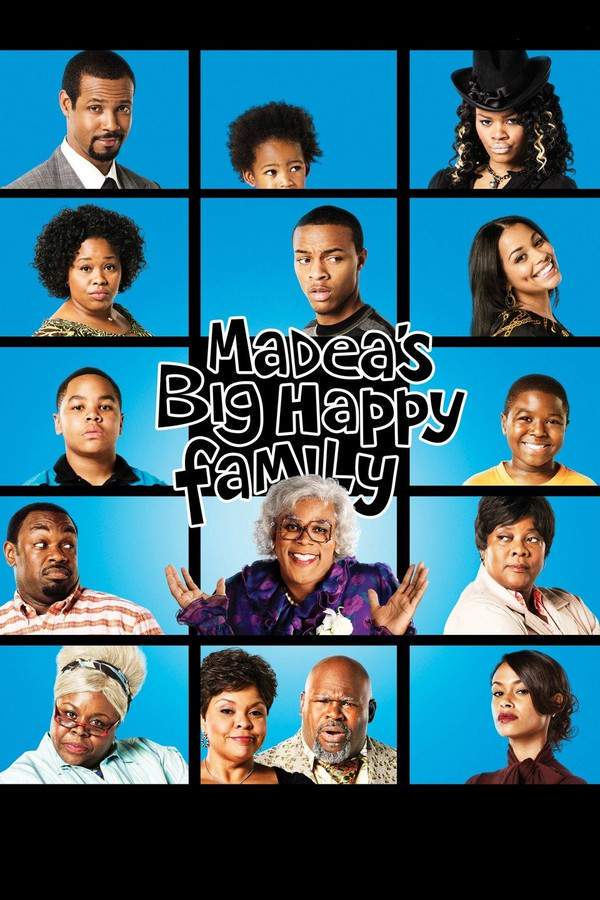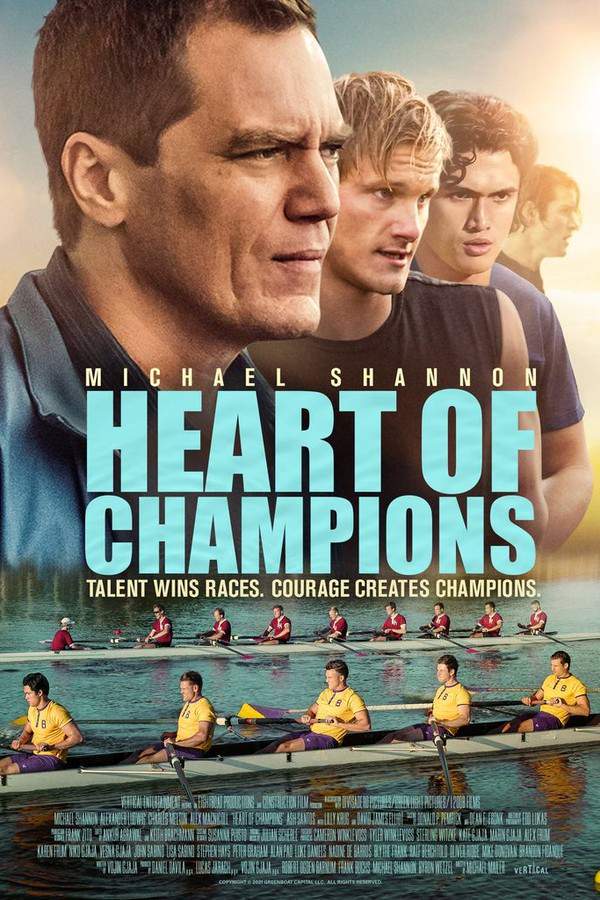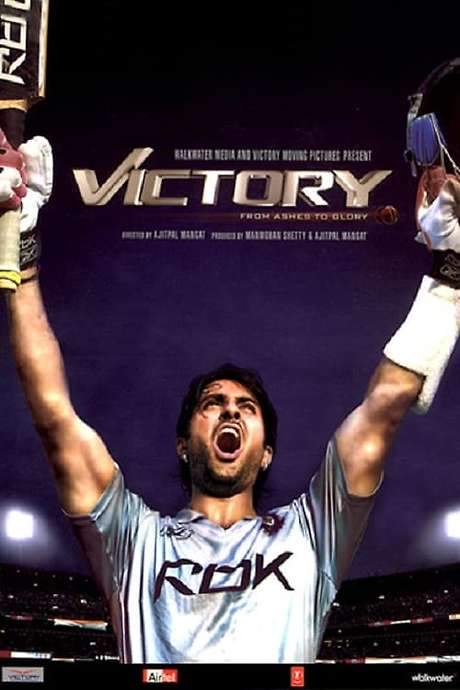
We Can Do That
Year: 2008
Runtime: 111 mins
Language: Italian
Director: Giulio Manfredonia
The story follows Nello, newly appointed director of a work cooperative for former psychiatric patients left adrift after Italy’s Basaglia Law closed state hospitals. Determined to empower rather than sedate his charges, he pushes them to develop skills and engage with the world, though his ambitious methods sometimes exact a heavy personal cost.
Warning: spoilers below!
Haven’t seen We Can Do That yet? This summary contains major spoilers. Bookmark the page, watch the movie, and come back for the full breakdown. If you're ready, scroll on and relive the story!
We Can Do That (2008) – Full Plot Summary & Ending Explained
Read the complete plot breakdown of We Can Do That (2008), including all key story events, major twists, and the ending explained in detail. Discover what really happened—and what it all means.
In 1983 Milan, Nello, Claudio Bisio a trade unionist who has written a book about the market, is severely attacked by his comrades and is transferred to Cooperative 180, one of the many workshops that emerged after Law 180 to accommodate patients discharged from mental hospitals. After an initial clash with the residents, Nello decides to show them the cooperative’s true spirit by giving everyone a meaningful role and a voice in how things run.
Listening to the ideas of all, the assembly votes to shift from traditional care work to market work, with the patients taking on roles as parquet installers. Each person is assigned a task that suits their temperament, and the group starts small. Their first project, born of inexperience, nearly flops, but they don’t give up. Soon they land a contract with a high-fashion atelier, a turning point that proves the value of their approach. When the deadline nears, the wood supply runs dry, so Luca, Giovanni Calcagno and Gigio, Andrea Bosca, pool their artistic talents to craft a large panel depicting a star that covers the entire floor. The bold, creative solution earns widespread praise, and the cooperative’s workload multiplies.
Behind the scenes, Nello recognizes the need to reduce the medication given to the patients, but Dr. Del Vecchio Giorgio Colangeli resists the idea. Nello turns to Dr. Furlan Giuseppe Battiston and, with European Union funds, the cooperative moves to a new location, aiming higher than before. Just as momentum builds, tragedy strikes: Gigio falls for Caterina, a girl he worked for, who invites him and Luca to a party at her home. That night, Caterina’s friends mock them, and Luca’s temper flares into a scuffle. At the police station, Caterina dismisses them, downplaying the kiss that Gigio shared with her, and the incident leaves Gigio vulnerable. In the aftermath, Gigio takes his own life, a consequence that some blame on the drastic drug reductions.
With Gigio gone, the group is pulled back to the old site under Del Vecchio’s supervision. Nello grapples with the fear of prison, yet no charges are brought: Del Vecchio admits he has witnessed remarkable improvements due to the cooperative’s work. The tragedy is attributed in part to the pressures around them and to Del Vecchio’s initial reluctance to collaborate, but the matter closes and Nello, after a moment of hesitation, resumes directing the cooperative. The team soon wins a major contract in Paris to decorate stops on the city’s new underground line, a milestone that signals a brighter future.
Six months later, Nello manages the group with a steadier hand, keeping his partner Sara, played by Anita Caprioli, close despite a few quarrels over fault lines in their relationship. Dr. Furlan continues to bring in new partners with disabilities, expanding the cooperative’s mission and proving that the model can sustain growth while staying true to its inclusive roots.
Last Updated: October 09, 2025 at 11:11
Explore Movie Threads
Discover curated groups of movies connected by mood, themes, and story style. Browse collections built around emotion, atmosphere, and narrative focus to easily find films that match what you feel like watching right now.
Inspiring Community Stories like We Can Do That
Stories of unlikely groups coming together to build something meaningful against systemic challenges.If you enjoyed the cooperative spirit and collective journey in We Can Do That, you'll find similar hope and purpose in these movies. They showcase groups of people building something meaningful together against the odds, focusing on themes of empowerment, social change, and shared victories.
Narrative Summary
The narrative pattern involves an initial state of disarray or dysfunction within a group, which is then galvanized by a catalyst—often an outsider or a shared goal. The story progresses through setbacks and small wins, ultimately culminating in a significant achievement that validates the community's efforts and solidarity.
Why These Movies?
Movies in this thread share a core belief in the power of collective action. They mix earnest drama with a hopeful tone, creating an emotionally engaging experience that is both reflective and uplifting, centered on themes of systemic failure and social reintegration.
Movies with Bittersweet Triumphs like We Can Do That
Journeys where hard-won victories are shadowed by profound personal loss.For viewers who appreciated the blend of uplifting achievement and personal tragedy in We Can Do That, this collection features similar stories. These films balance hope with heartbreak, portraying characters who achieve their goals but not without paying a heavy emotional price, resulting in a deeply resonant experience.
Narrative Summary
The emotional journey follows a positive trajectory—a project succeeds, a community heals—but this upward path is punctuated by a major setback, often a personal tragedy like a death or betrayal. This event tempers the victory, making the finale feel earned and hopeful, yet deeply reflective and bittersweet.
Why These Movies?
These films are grouped by their unique emotional blend: they are fundamentally hopeful stories that are not afraid to confront dark, tragic events. This creates a specific, resonant vibe that is more complex than pure optimism, appealing to viewers who appreciate realism and emotional depth in their dramas.
Unlock the Full Story of We Can Do That
Don't stop at just watching — explore We Can Do That in full detail. From the complete plot summary and scene-by-scene timeline to character breakdowns, thematic analysis, and a deep dive into the ending — every page helps you truly understand what We Can Do That is all about. Plus, discover what's next after the movie.
We Can Do That Timeline
Track the full timeline of We Can Do That with every major event arranged chronologically. Perfect for decoding non-linear storytelling, flashbacks, or parallel narratives with a clear scene-by-scene breakdown.

Characters, Settings & Themes in We Can Do That
Discover the characters, locations, and core themes that shape We Can Do That. Get insights into symbolic elements, setting significance, and deeper narrative meaning — ideal for thematic analysis and movie breakdowns.

We Can Do That Spoiler-Free Summary
Get a quick, spoiler-free overview of We Can Do That that covers the main plot points and key details without revealing any major twists or spoilers. Perfect for those who want to know what to expect before diving in.

More About We Can Do That
Visit What's After the Movie to explore more about We Can Do That: box office results, cast and crew info, production details, post-credit scenes, and external links — all in one place for movie fans and researchers.


